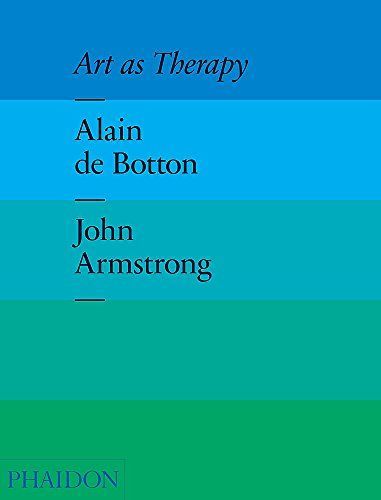
Art as Therapy
" What is art’s purpose? In this engaging, lively, and controversial new book, bestselling philosopher Alain de Botton and art historian John Armstrong propose a new way of looking at familiar masterpieces, suggesting that they can be useful, relevant, and – above all else – therapeutic for their viewers. De Botton argues that certain great works offer clues on managing the tensions and confusions of everyday life. Chapters on Love, Nature, Money, and Politics outline how art can help with these common difficulties – for example, Vermeer’s Girl Reading a Letter helps us focus on what we want to be loved for; Serra’s Fernando Pessoa reminds us of the importance of dignity in suffering; and Manet’s Bunch of Asparagus teaches us how to preserve and value our long‐term partners. Art as Therapy offers an unconventional perspective, demonstrating how art can guide us, console us, and help us better understand ourselves. "
Reviews
Steven Harrison@shteven
trish@lesshues
Emma Bose@emmashanti
Jo A@thecupofjo
Tara C@champagnedreams
Steve Daniels@stevezie
Alexandra Sergeychik@sashaserge
Alexander Lobov@alexlobov
Capucine Fachot@capucine
Esme@esme_grace
Marielle de Geest@Marielle
Highlights
Claudine@claudrod
Page 45
Claudine@claudrod
Page 43
Claudine@claudrod
Page 36
Claudine@claudrod
Page 34
Claudine@claudrod
Page 30
Claudine@claudrod
Page 30
Claudine@claudrod
Page 29
Claudine@claudrod
Page 25
Claudine@claudrod
Page 19
Claudine@claudrod
Page 13
Claudine@claudrod
Page 11
Claudine@claudrod
Page 17
Claudine@claudrod
Page 13
Claudine@claudrod
Page 13
Claudine@claudrod
Page 9
Claudine@claudrod
Page 4
Thesa Terheyden@Gamma